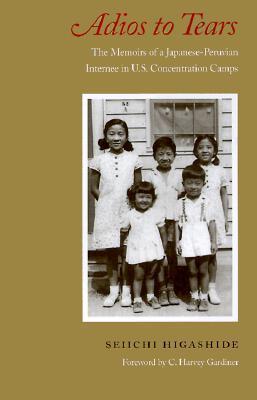What do you think?
Rate this book


After his release, Higashide elected to stay in the U S. and eventually became a citizen. For years, he was a leader in the effort to obtain redress from the American government for the violation of the human rights of the Peruvian Japanese internees.
272 pages, Paperback
First published May 1, 2000